Iconic Hairstyles Of The Last Century, Decade By Decade
Hairstyles have long been a canvas for personal expression, evolving through the decades to reflect societal changes and individual creativity. Each era brought with it distinct styles that became emblematic of the time, from the rebellious flair of the 1920s to the polished sophistication of the 1950s. Join us as we travel through the decades, exploring the iconic hairstyles that defined each era and continue to inspire modern trends.
The 1920s: The Flapper Bob
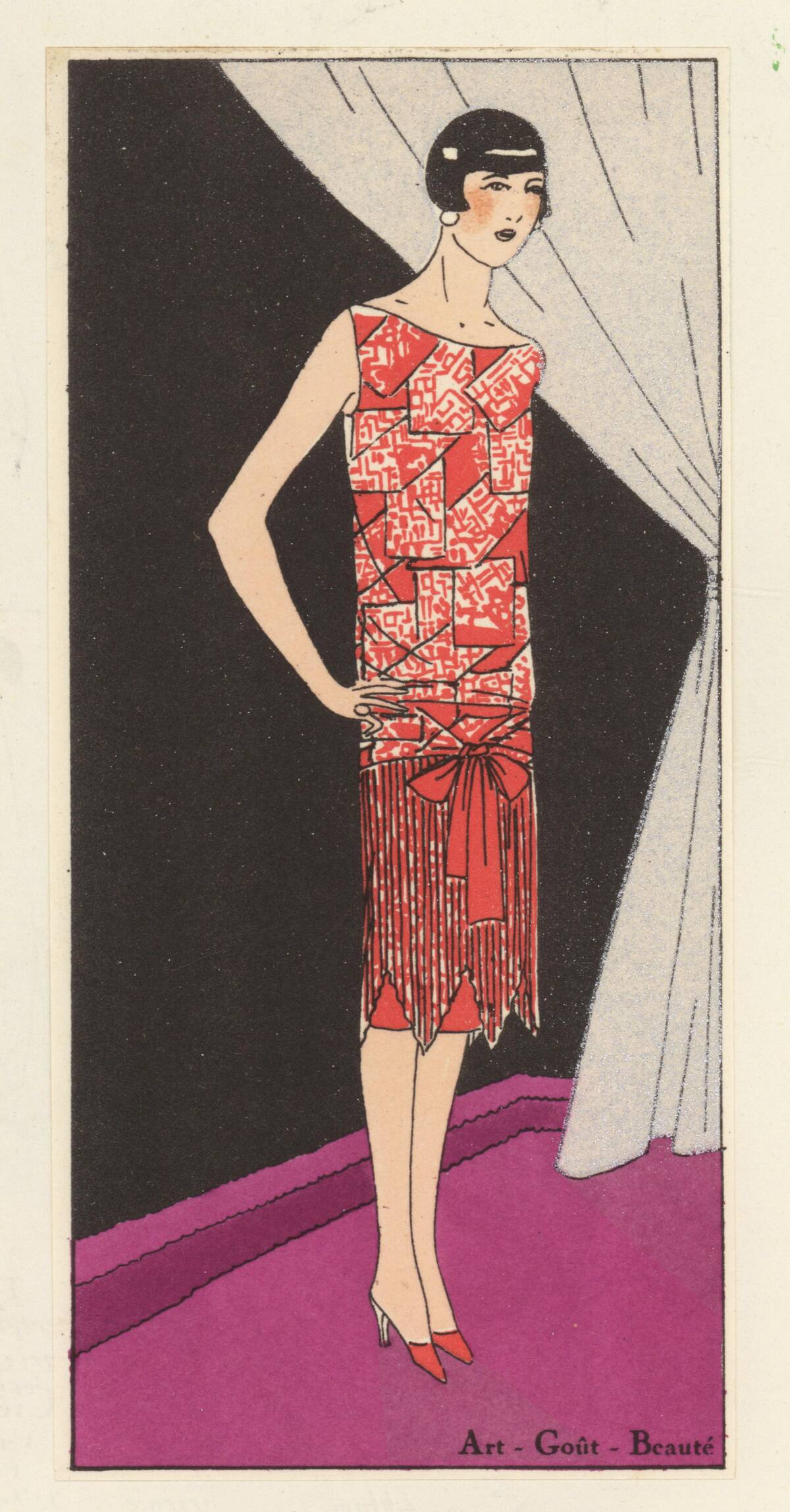
The 1920s was a decade of liberation and transformation, and the flapper bob became the symbol of this newfound freedom. Women embraced shorter haircuts as a statement against traditional norms, and the bob was the perfect style to showcase this rebellious spirit. Inspired by movie stars like Louise Brooks, the bob was characterized by its sleek, chin-length cut and often paired with bold, smoky eyes and cloche hats.
The 1930s: The Marcel Wave
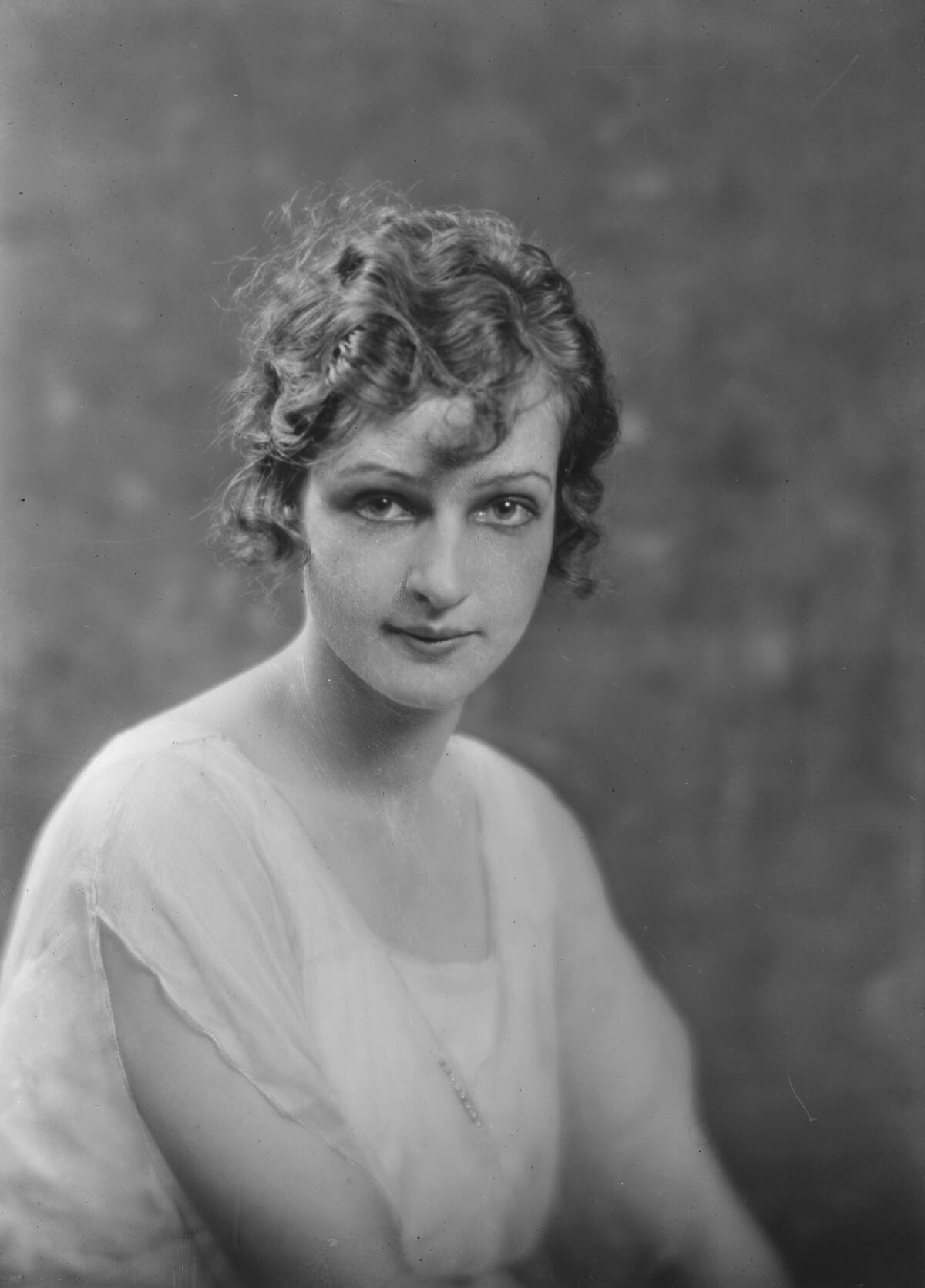
As the world navigated the Great Depression, glamour took on a new form with the introduction of the Marcel wave. This elegant hairstyle, named after French hairstylist Marcel Grateau, involved creating soft, sculpted waves using a heated curling iron. The style was popularized by Hollywood actresses such as Jean Harlow and Greta Garbo, offering a touch of refinement and sophistication during tough economic times.
The 1940s: Victory Rolls and Glamorous Curls

The 1940s were marked by World War II, and hairstyles like victory rolls became iconic symbols of patriotism and resilience. Women styled their hair into elaborate rolls and curls, often using scarves and pins for added flair. These styles not only exuded glamour but also served practical purposes, keeping hair neat while working in factories. Stars like Veronica Lake and Rita Hayworth epitomized the era’s blend of utility and allure.
The 1950s: The Classic Pompadour and Poodle Cut
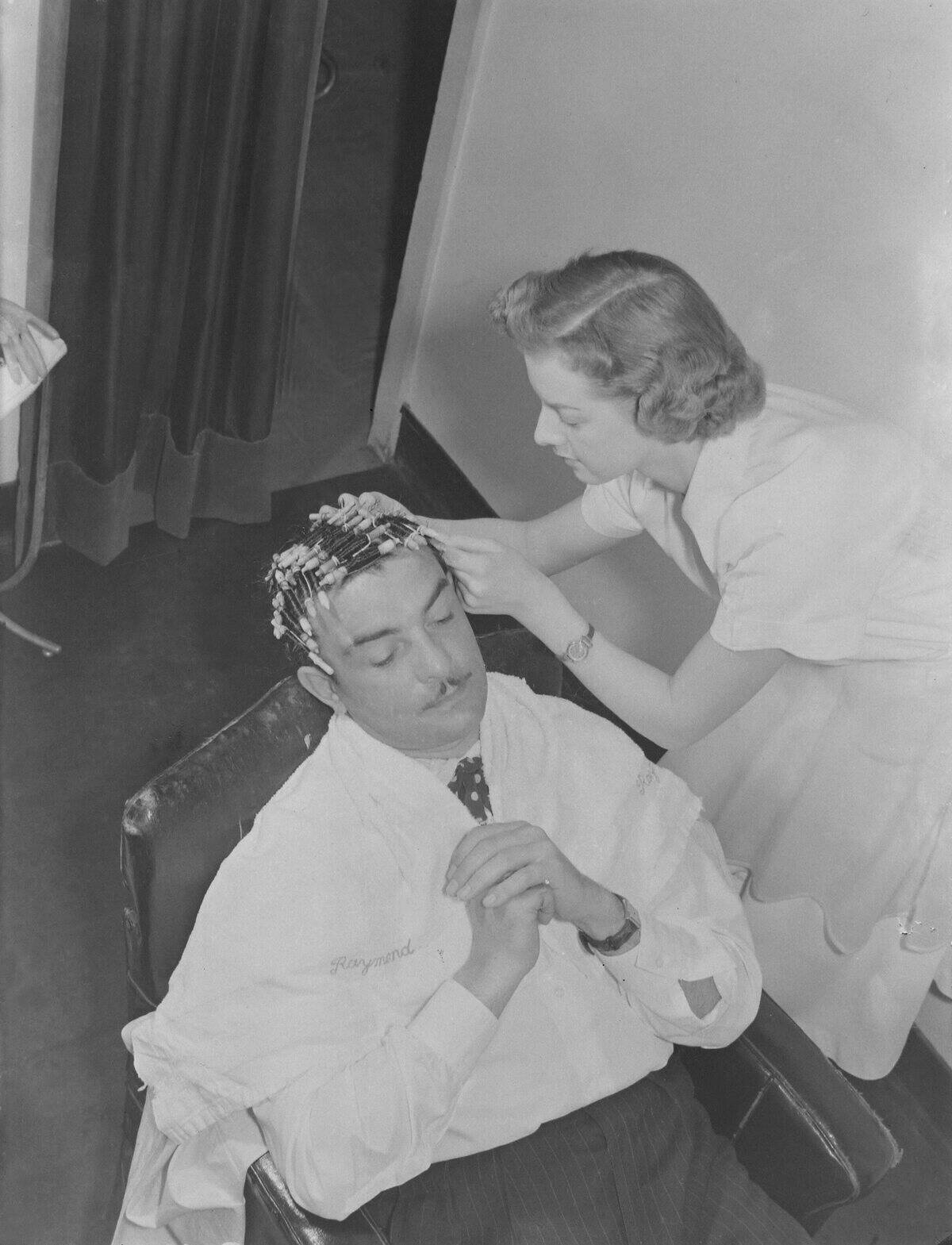
The 1950s brought a sense of optimism and prosperity, reflected in the era’s voluminous hairstyles. The pompadour became a favorite among men, worn famously by Elvis Presley and James Dean. Women, meanwhile, embraced the poodle cut, a curly, tightly-coiffed style that was both playful and chic. These hairstyles highlighted a polished look, symbolizing the decade’s focus on family values and suburban life.
The 1960s: The Beehive and Vidal Sassoon’s Geometric Bob
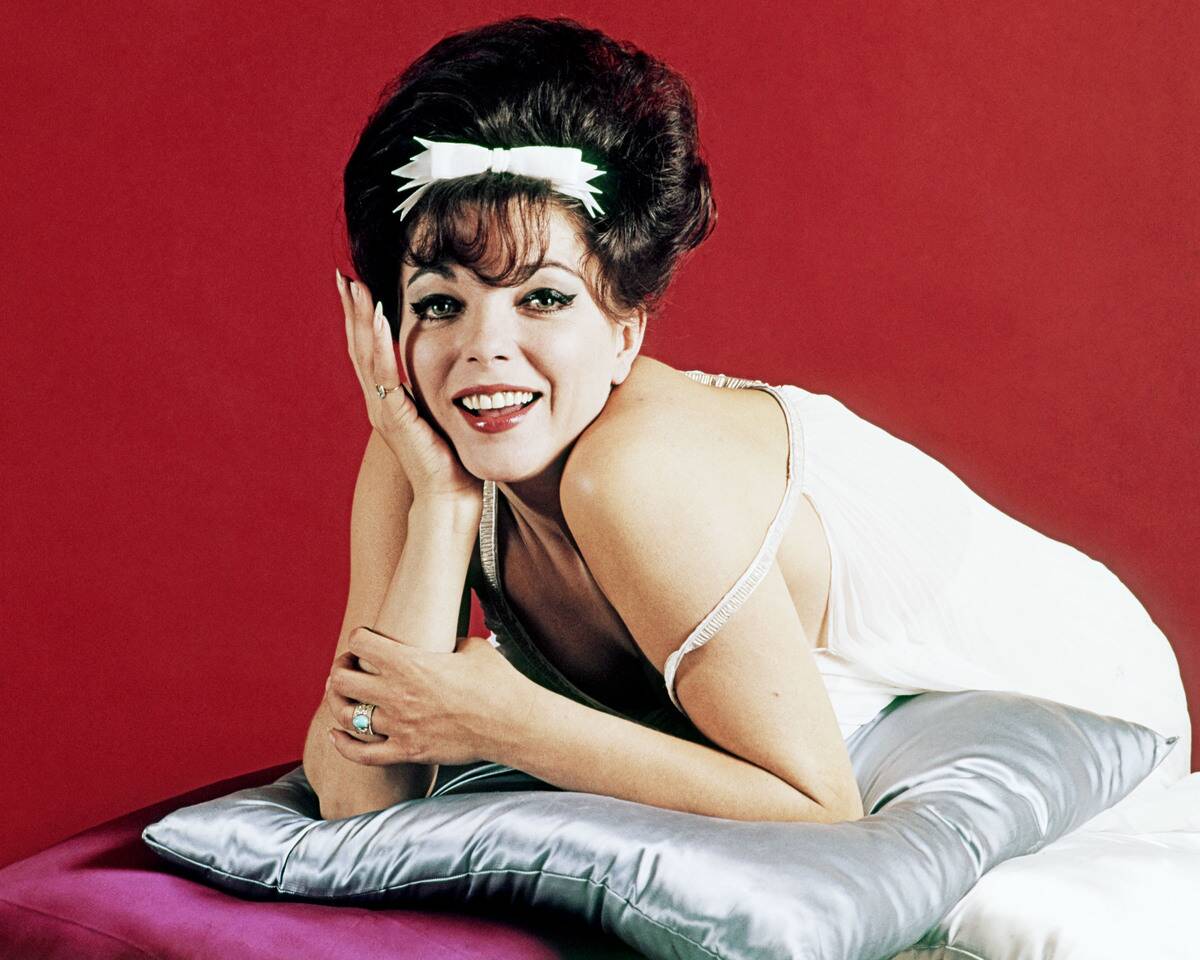
The swinging 60s were all about experimentation and change, with hairstyles like the beehive reaching towering heights. Popularized by singers like Dusty Springfield, the beehive was a bold statement of style and confidence. Around the same time, Vidal Sassoon revolutionized hairdressing with his geometric bob, a precise, angular cut that required minimal styling. Both styles reflected the era’s spirit of innovation and liberation.
The 1970s: Farrah Fawcett’s Feathered Flip and the Afro

The 1970s were a time of individualism and self-expression, with hairstyles that celebrated diversity and natural beauty. Farrah Fawcett’s feathered flip became a sensation, with its soft layers and carefree vibe capturing the decade’s laid-back attitude. Simultaneously, the afro emerged as a powerful symbol of black pride and cultural identity, embraced by icons like Angela Davis and the Jackson 5, showcasing the beauty of natural hair textures.
The 1980s: The Mullet and Big Hair Craze
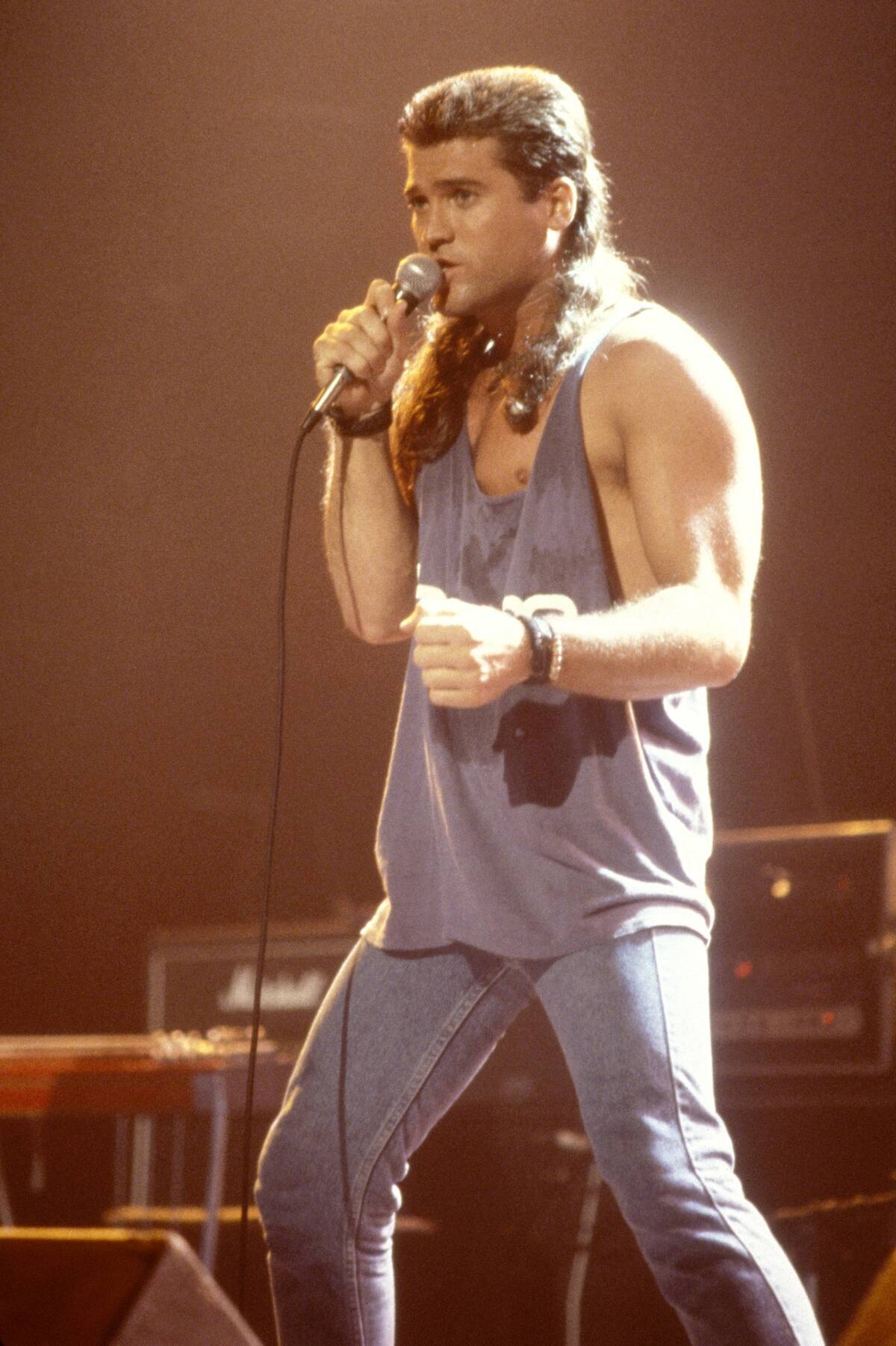
The 1980s took hair to new extremes with bold and exaggerated styles that mirrored the decade’s excess. The mullet, with its “business in the front, party in the back” appeal, became a staple for both men and women, popularized by stars like Billy Ray Cyrus. Meanwhile, big hair ruled the scene, with voluminous curls and teased locks becoming the ultimate fashion statement. This era was all about making a big impact and having fun with hair.
The 1990s: The “Rachel” Cut and Grunge Hair
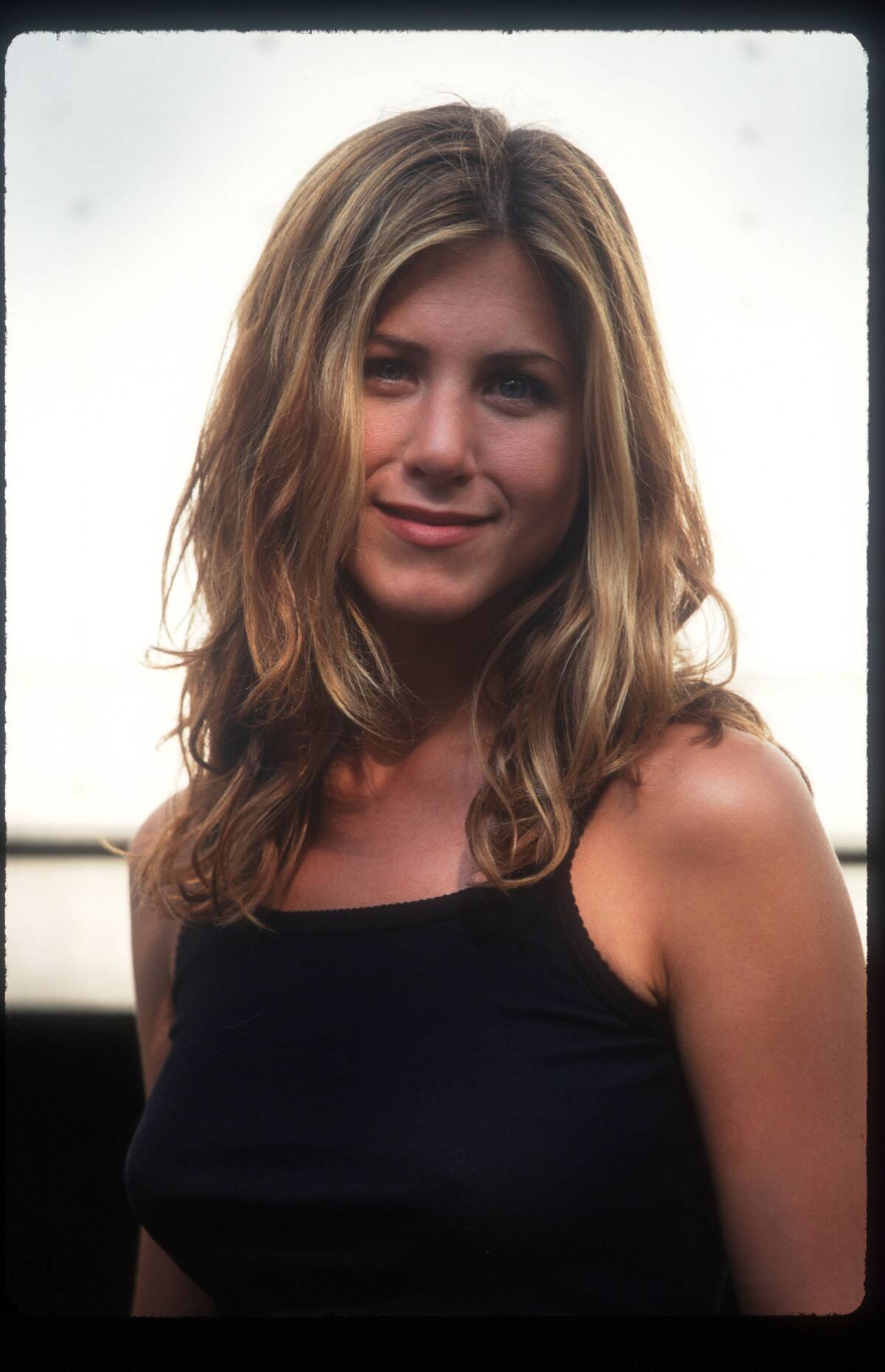
The 1990s saw a blend of sleek sophistication and laid-back nonchalance, with hairstyles that reflected this duality. The “Rachel” cut, inspired by Jennifer Aniston’s character on “Friends,” became an instant classic, featuring layered, face-framing pieces that added volume and movement. On the flip side, grunge hair embraced a more undone, effortless look, characterized by natural textures and minimal styling, capturing the essence of the era’s rebellious youth culture.
The 2000s: Emo Hair and the Rise of Highlights
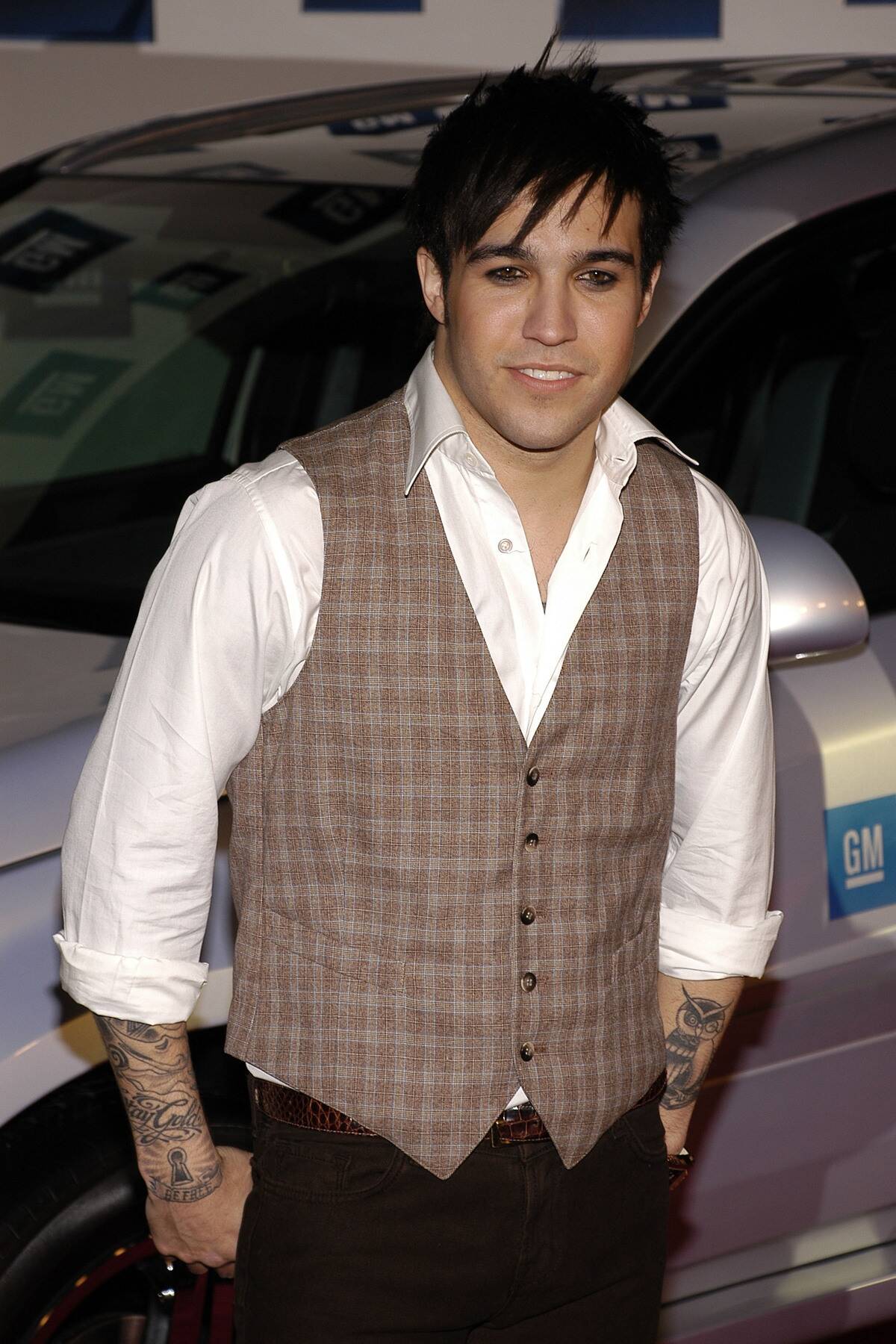
The early 2000s brought a wave of individuality and self-expression, with hairstyles like emo hair reflecting the emotional depth and introspection of the youth. Characterized by its choppy layers, side-swept bangs, and often dark hues, emo hair made a statement of uniqueness. At the same time, highlights became increasingly popular, with techniques like balayage and foiling adding dimension and brightness to hair, allowing for personalized and creative color transformations.
The 2010s: The Undercut and Beachy Waves

The 2010s celebrated versatility and texture, with hairstyles that allowed for creative expression. The undercut, with its shaved sides and longer top, became a favorite for those seeking an edgy, modern look. Beachy waves, on the other hand, offered a more relaxed and natural style that was both chic and effortless. These styles highlighted the era’s focus on personalization and the blending of casual elegance with bold statements.
The 2020s: Curtain Bangs and the Shag Revival
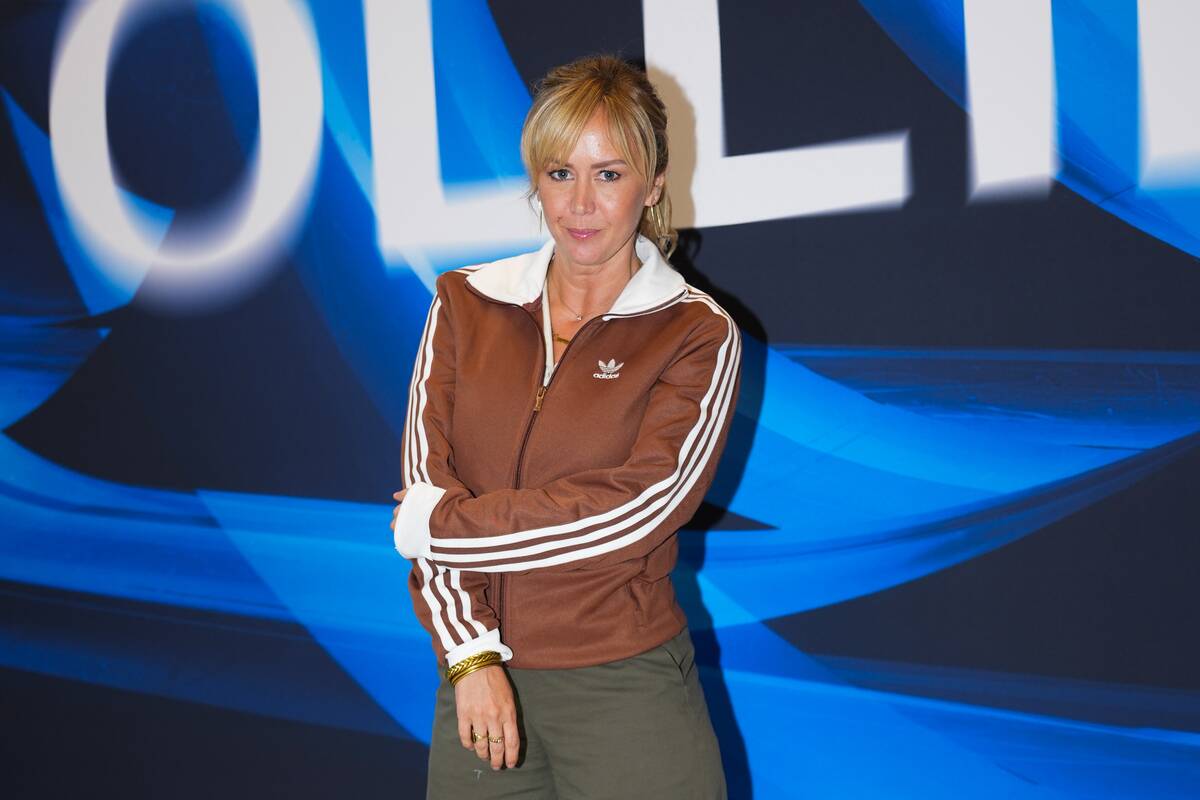
As we entered the 2020s, hairstyles took a nostalgic turn, with curtain bangs making a stylish comeback. This soft, face-framing fringe became a favorite for its versatility and easy maintenance. Alongside, the shag haircut was revived, offering a modern twist on the classic, layered style. These trends reflect a desire for adaptable, low-maintenance looks that still offer plenty of personality and flair, perfectly suited for the dynamic pace of contemporary life.
Celebrity Influence: How Stars Set Hair Trends
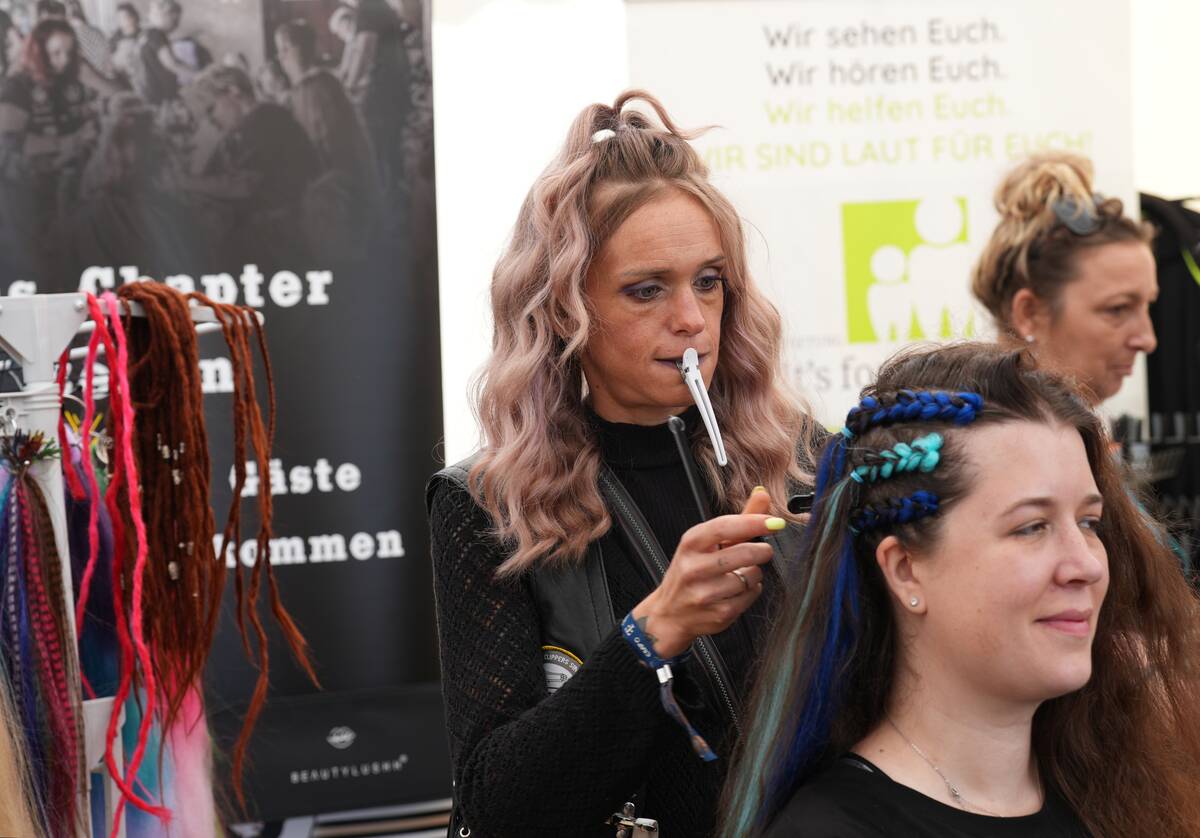
Celebrities have always played a pivotal role in setting hair trends, with their bold choices often sparking widespread adoption. Icons like Audrey Hepburn and Marilyn Monroe set the stage for glamorous styles in their time, while modern stars like Rihanna and Zendaya continue to push boundaries with their ever-evolving looks. The influence of celebrities extends beyond the screen, as their red carpet appearances and social media posts inspire fans to experiment with new styles.
Hairstyle Innovations: From Salons to Social Media
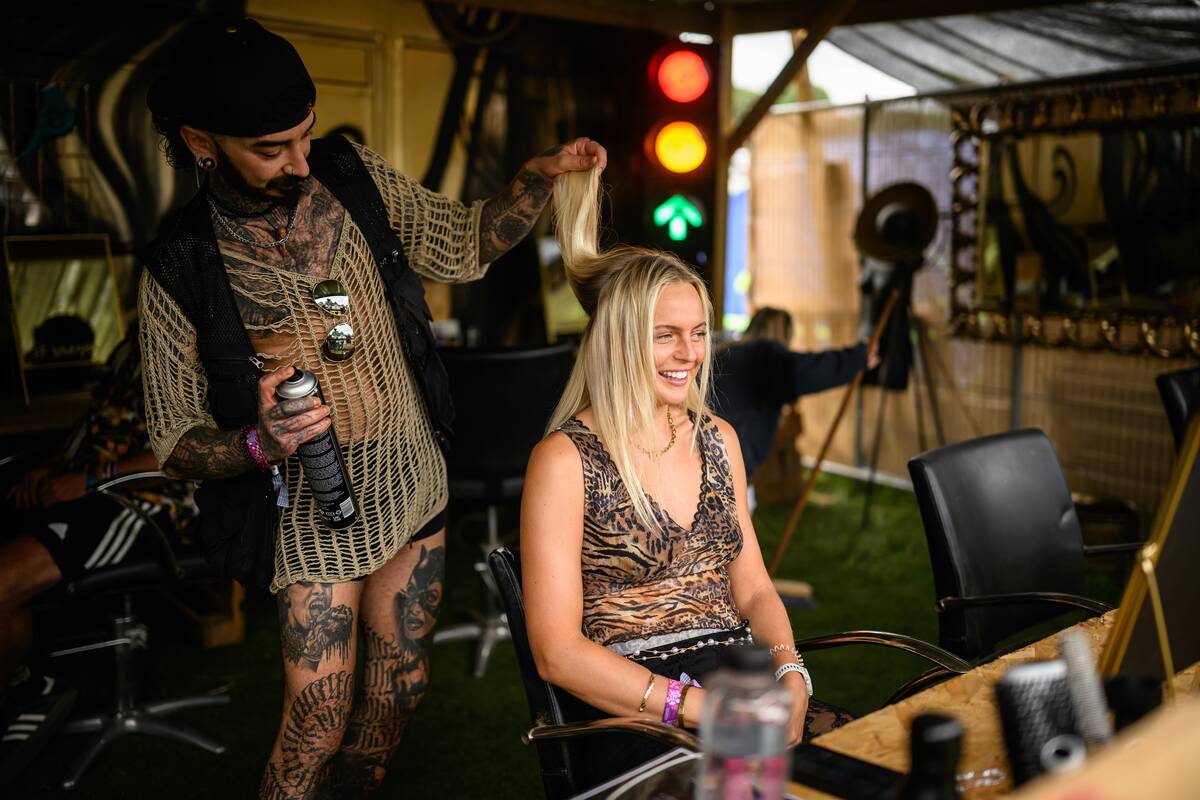
The evolution of hairstyles has been significantly influenced by technological advancements and the rise of social media. Salons have become creative hubs where stylists experiment with new techniques and tools, such as precision cutting and color technology. Social media platforms like Instagram and YouTube allow for the rapid spread of trends and tutorials, empowering individuals to recreate popular styles at home and share their own hair journeys with a global audience.
Timeless Trends: Hairstyles That Made a Comeback
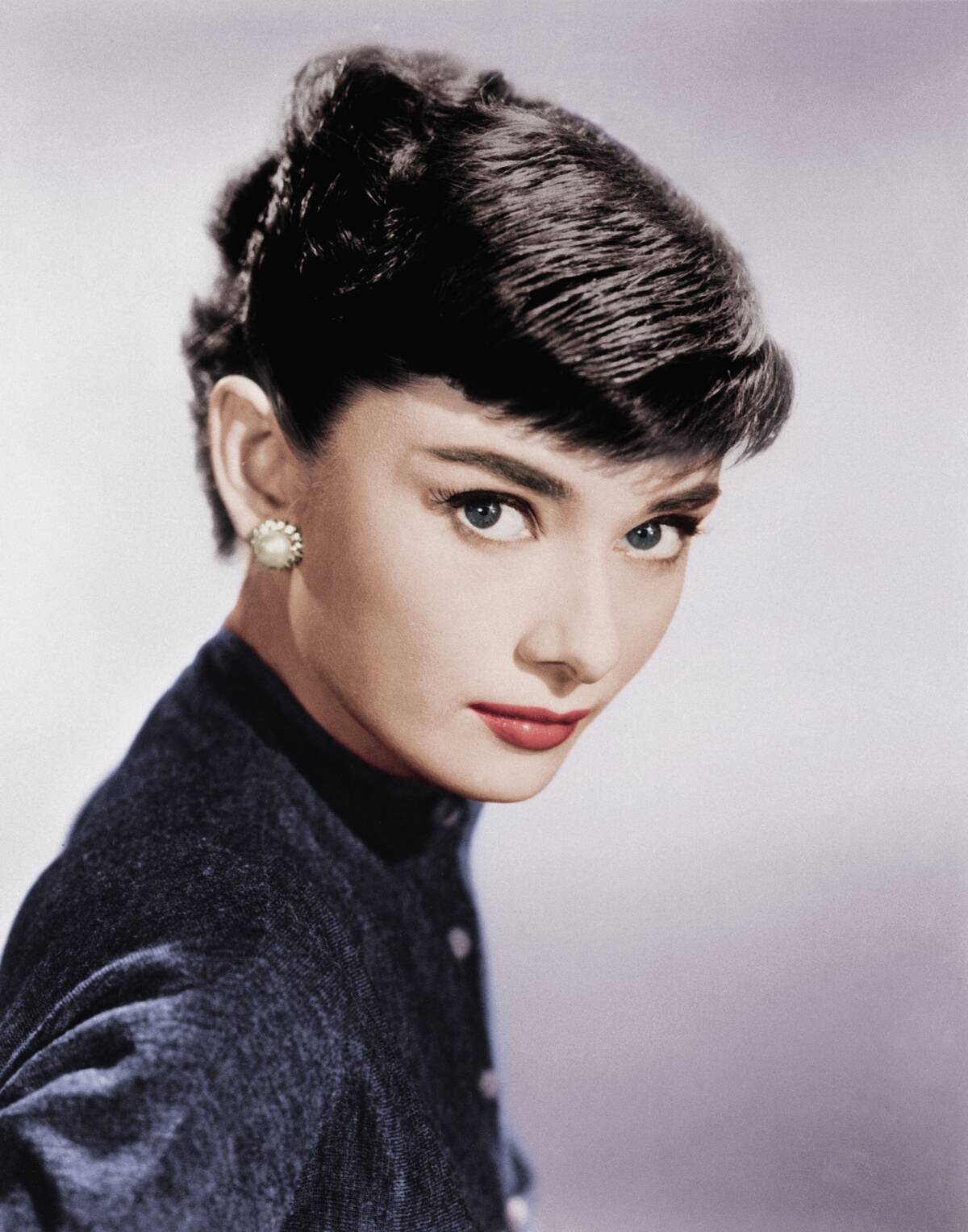
Certain hairstyles have stood the test of time, making comebacks with modern twists. Styles like the bob and the pixie cut continue to be reinvented, adapting to contemporary tastes while retaining their classic appeal. The enduring popularity of these styles lies in their versatility and ability to complement a wide range of face shapes and personal styles. This cyclical nature of fashion ensures that what’s old can always become new again.
Cultural Impact: Hairstyles as a Reflection of Society
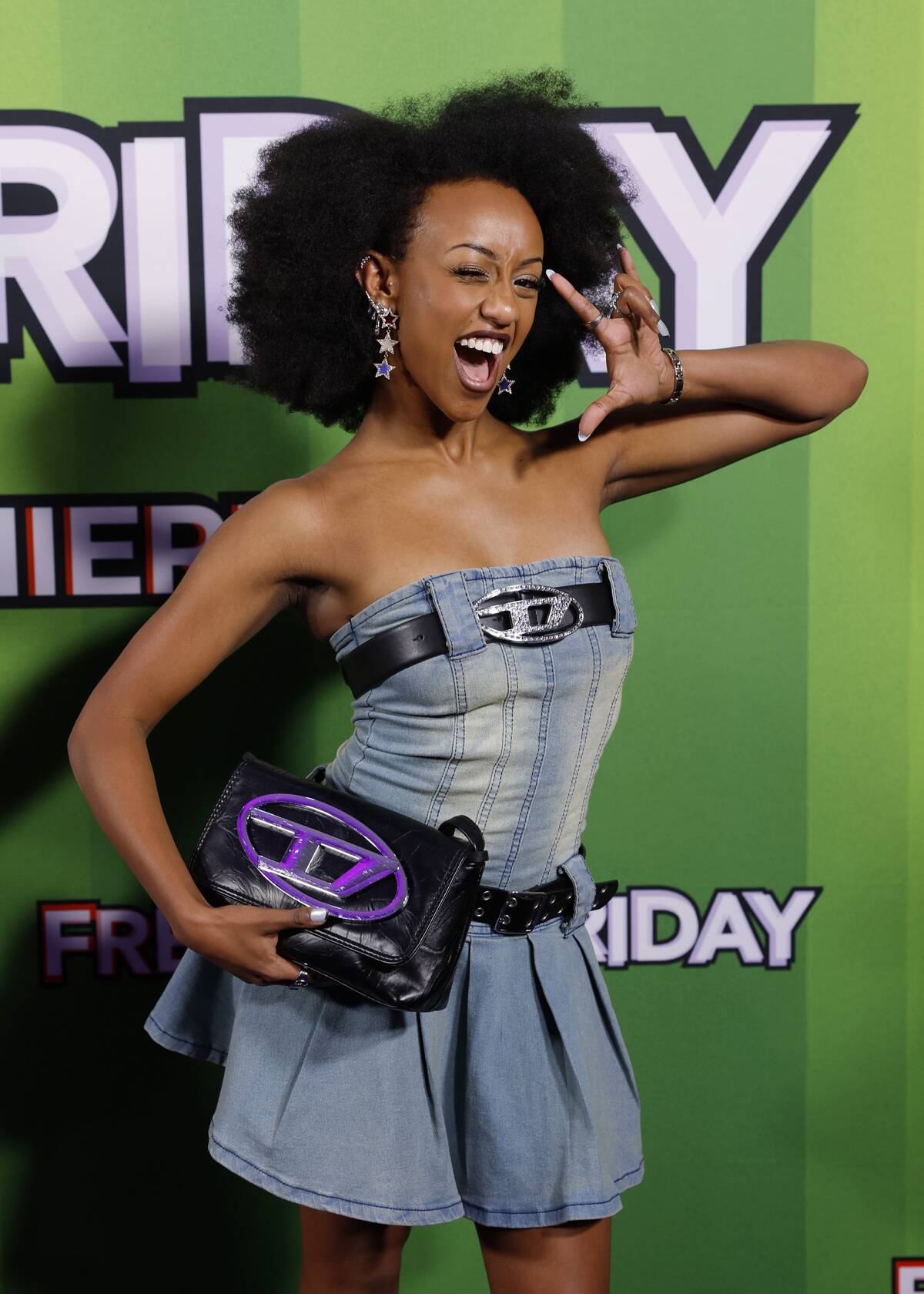
Hairstyles have always been more than mere fashion statements; they reflect broader cultural and societal shifts. From the afro during the Civil Rights Movement to punk hair in the 70s and 80s, hair has been a medium for political and cultural expression. These styles often symbolize resistance, identity, and empowerment, highlighting the profound impact that hair has on personal and collective narratives across different communities and eras.
Haircare Evolution: Maintaining Iconic Hairstyles Through the Ages
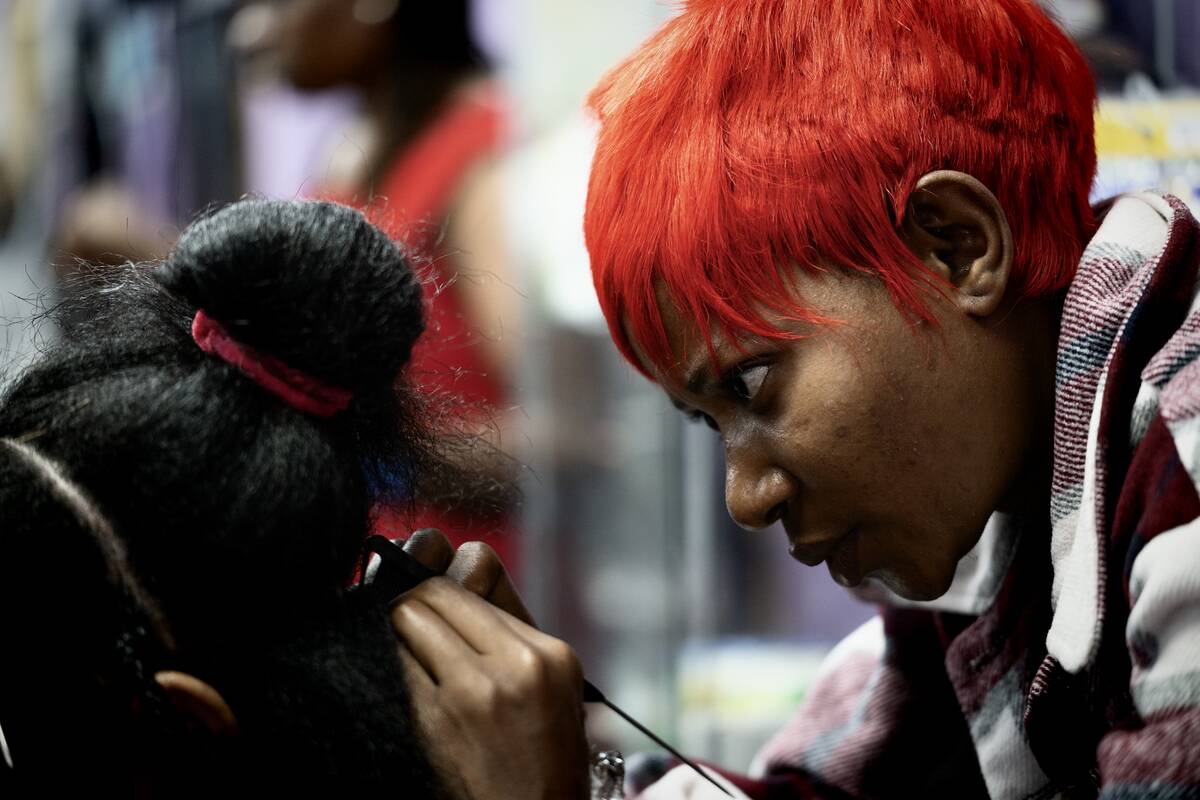
The journey of maintaining iconic hairstyles has evolved significantly, with advancements in haircare products and techniques. From the homemade concoctions of the early 20th century to the scientifically formulated products of today, haircare has become more specialized and accessible. Tools like flat irons and blow dryers have transformed styling practices, while innovations in hair health have made it easier to achieve and maintain desired looks without compromising hair integrity.



